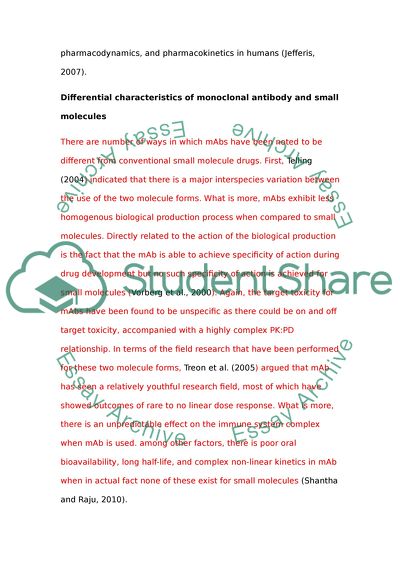Cite this document
(“Monoclonal antibody vs small molecules pharmacology Essay”, n.d.)
Monoclonal antibody vs small molecules pharmacology Essay. Retrieved from https://studentshare.org/miscellaneous/1674134-monoclonal-antibody-vs-small-molecules-pharmacology
Monoclonal antibody vs small molecules pharmacology Essay. Retrieved from https://studentshare.org/miscellaneous/1674134-monoclonal-antibody-vs-small-molecules-pharmacology
(Monoclonal Antibody Vs Small Molecules Pharmacology Essay)
Monoclonal Antibody Vs Small Molecules Pharmacology Essay. https://studentshare.org/miscellaneous/1674134-monoclonal-antibody-vs-small-molecules-pharmacology.
Monoclonal Antibody Vs Small Molecules Pharmacology Essay. https://studentshare.org/miscellaneous/1674134-monoclonal-antibody-vs-small-molecules-pharmacology.
“Monoclonal Antibody Vs Small Molecules Pharmacology Essay”, n.d. https://studentshare.org/miscellaneous/1674134-monoclonal-antibody-vs-small-molecules-pharmacology.


